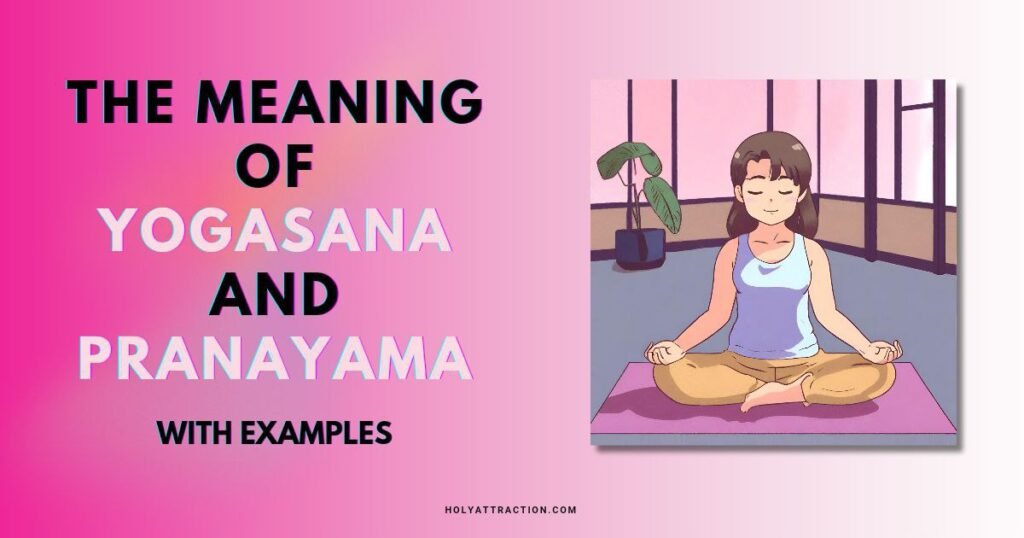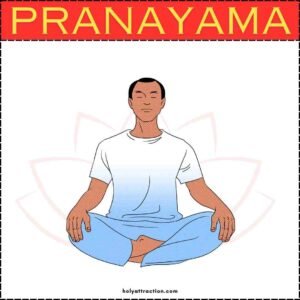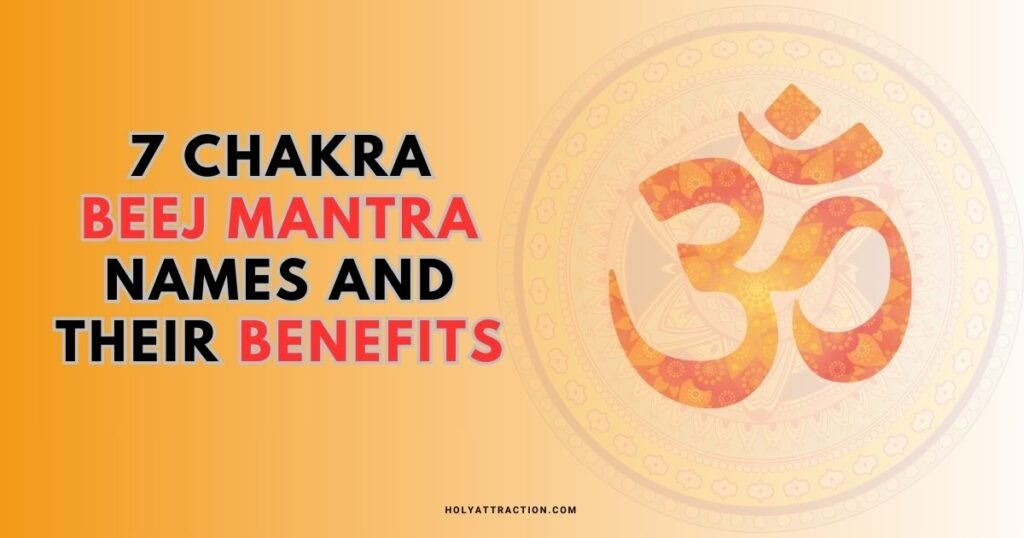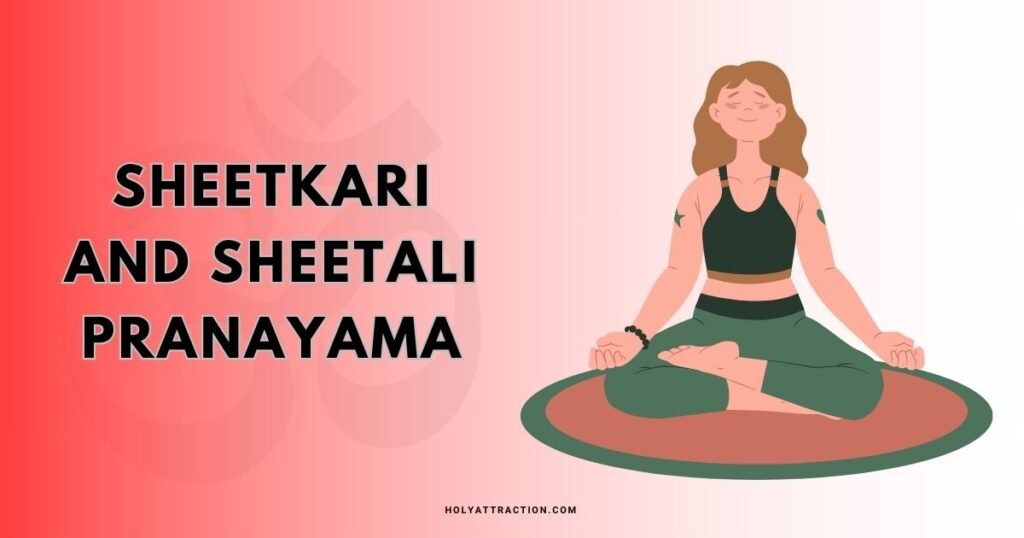
What Is The History And Origin Of Yoga: Yoga has a broad history in human life. No one knows exactly how old is it? but there is no doubt that it is given by India to the whole world. There is some evidence that proves that yoga has a connection with the Indus valley civilization and we all know that it is one of the oldest civilizations in the world. There are some mentions of yoga in Hindu ancient scriptures as well like Mahabharata, Vedas and Upanishads.
Now we have a brief history of yoga, let’s delve into the meaning of yoga. The word Yoga has derived from the Sanskrit word ‘Yuj’ and the meaning of this word is ‘To Join or To Unite‘ or to union the body with the divine. There are some different definitions of different authors or you can say sages who have described the meaning of yoga in their own way. For Patanjali: Yoga is checking the impulse of the mind. For Ved Vyas: Yoga is attaining the pose.
What Are The Elements Of Yoga According To Patanjali?
In Patanjali’s Yoga Sutra, he has described 8 elements(or limbs) of yoga that are known as ‘Ashtanga yoga’, are given below:
- Yama: It is the first element of ashtanga. Yama have its five moral principles: Ahimsa, Satya, Aateya, Brahmacharya, Aparigrah.
- Niyama: it is the second element of ashtanga. It has also 5 ethical principles: Saucha, Santosha, Tapa, Swadhyaya, Ishvara Pranidhana.
- Asana: The third element of the ashtanga. Meaning is to keep body in a relaxed position.
- Pranayama: The 4th element of the ashtanga. Meaning is getting control on respiratory process.
- Pratyahara: it is the 5th element of the ashtanga. Meaning is getting control of all 5 senses. Getting self-control and self-discipline.
- Dharana: it is the 6th element of ashtanga. Meaning is ‘focusing on a point or thing’.
- Dhyana: It is the 7th limb or element of the ashtanga. The meaning is uninterrupted awareness and sustainable mental focus.
- Samadhi: it is the last 8th limb or element of ashtanga. To connect with the divine, it is the higher level of consciousness.
These are the 8 paths that have been described by the patanjali in his yogsutra. According to patanjali if you follow these asth-Sutra one by one then at the end that is samadhi, you will unite with the divine and will feel lots of pleasure.
Today in this post we will only discuss the two elements Yogasana or Asana that is the 3rd element and Pranayama that is the 4th element of yoga in patanjali’s Yoga Sutra. So let’s start with Yogasana.
By the way, Asana and Yogasana both are the same so don’t get confused and we will mostly use the word ‘Yogasana’ in this post.
What Is The Meaning Of Yogasana?
Many people think that Yoga and Yogasana(or Asana) both are the same things but let me clear you that Yogasana is an important part of yoga but they are not the same. Yogasana means ‘The posture of the body or To sit in a relaxed condition‘. These are some examples of asanas: Paschimottanasana, Halasana, Sirsasana, Bhujangasana etc.

How Many Types Of Asanas Are There?
There are mostly 3 types of Asanas or Yogasana that are given below:
- Meditative Posture: if you are going to do meditation then firstly you should do these meditative asanas because these asanas will help you to improve your focus and then you should go for meditation. Here are some examples of Meditative Asanas: siddhasana, virasana, padmasana ect.
- Relaxing posture: These relaxing asanas can help your body and mind to get relaxed and can help you to get rid off from tiredness. Here are some examples of Relaxing Asanas: Shashank Asana, Makarasana etc.
- Restorative Posture: These asanas help our body to function properly and they help in the overall growth of our body. Here are some examples of restorative asanas: Halasana, bhujangasana, chakrasana etc.
So we have understood lots of things about Yogasana till now and if you want to do these asanas for the first time at your home then it would be recommendable to do this with the guidance of an expert or a trainer but still if you want to do by your own then take complete knowledge of that Asana first then go for it. There is no barrier for age whether you are young or old you can do these asanas. I have been following some Asanas from my school time and believe me these Asanas really help me to balance my mood, mental health and as well as physical health. I will share my experience with yoga at the end of this article so stay tuned. Now it’s time to know about pranayama.
What Is Pranayama In Simple Words?
We have understood all about Yogasana. Now let’s understand ‘what is pranayama’ in simple words. Pranayama is the control on your respiratory process. It means when we breathe in and out with sufficient control on them is called pranayama. I hope you got the point.
Now if we break pranayama word then it is made by the combination of to words: Prana + Ayama
The prana means ‘The breath (or Oxygen) and the Ayama meaning is “To breathe in, To breathe out and To hold the breath”. So as I mentioned above ‘Getting control on your breathings is pranayama‘. Here are some examples of pranayama: Kapalbhati Pranayama, Anulom Vilom Pranayama etc.

What Are The Three Stages Of Pranayama?
Whenever we do pranayama, we always go through these 3 steps:
- Purak: means to take the air in or inhale
- Kumbhak: means to hold the air in body or to hold the breath
- Rechak: means to bring the air out or exhale
So these are three steps or you can say 3 stages in pranayama. In short, inhale then hold and then exhale and again hold for a few seconds, these are the steps that you have to follow during any pranayama that you are doing or you want to do.
What Are The Classification Of Pranayama According To Patanjali?
According to Patanjali, there are majorly 8 types of pranayama:
- Surya bhedi pranayama
- Ujjayi pranayama
- Sheetkari pranayama
- Sheetali pranayama
- Bhastrika pranayama
- Bhramari pranayama
- Plavini pranayama
- Murcha pranayama
These are the 8 types or Examples of pranayama. Now let’s know about the key differences between Yogasana and Pranayama.
Write Five Differences Between Yogasana And Pranayama
So here we are writing 5 key differences between Yogasana and Pranayama so that you can differentiate them easily:
1. Connections
Asanas are directly connected to our body postures. It helps us to improve the overall balance of the body but if we talk about pranayama then it is directly connected to breathings. It helps us to improve our respiratory function.
2. Methods
Asanas have some specific and unique body movements and techniques that we have to follow to get benefits from it like flexibility, good alignment of body etc. But pranayama has its breathing patterns that we have to follow while we do this. It’s like purak, rechak and kumbhak. It means to take oxygen (prana) in, then hold for seconds and then breathe it out slowly, then again hold your breath for seconds and then get normal.
3. Focus
The focus of Asanas are mostly on your physical body and making it in a good posture and keeping it in good alignment. Making the body more flexible and making bones stronger but pranayama focuses on the quality of breathing. While doing the pranayama your all focus shifts to your breathings.
4. Purpose
The primary purpose of Asanas are to improve the physical body conditions and make the body flexible, strong and healthy. The primary purpose of practicing pranayama is to balance the flow of prana(or Oxygen) into the body and for getting mental peace and happiness. Before going for meditation, it is recommended to do because it is very helpful for concentration and focus.
5. Time
Asanas can take time from 15 minutes to 2 hours or more depending on your asana and goal and on your physical health but pranayama usually takes less time than asanas because it is just related to breathing exercises.
Conclusion
As we have understood about asanas and pranayama it’s time to end this post but before the end I want to share with you some of my experiences with Yogasana and pranayama. I have started yoga from my childhood but I don’t do them with consistency but I always try to give my best. When I came in 6th standard I got lots of knowledge because I love to explore these types of ancient things. Then in my school I got some books related to yoga and from where I knew how to do them correctly. Now maybe you will be thinking ‘why am I sharing these things with you’? So I just want to share with you that when I do these asanas and pranayama it helps me a lot to overcome my stress, fear, anger and all that type of negative thought from my childhood. I have been practicing this for a long time and nothing happened wrong. Just follow them with proper knowledge and guidance, you will also get positive results in your day to day life. If you have your own exciting experience then share them with others so that you can help them to understand yoga in a better way.




